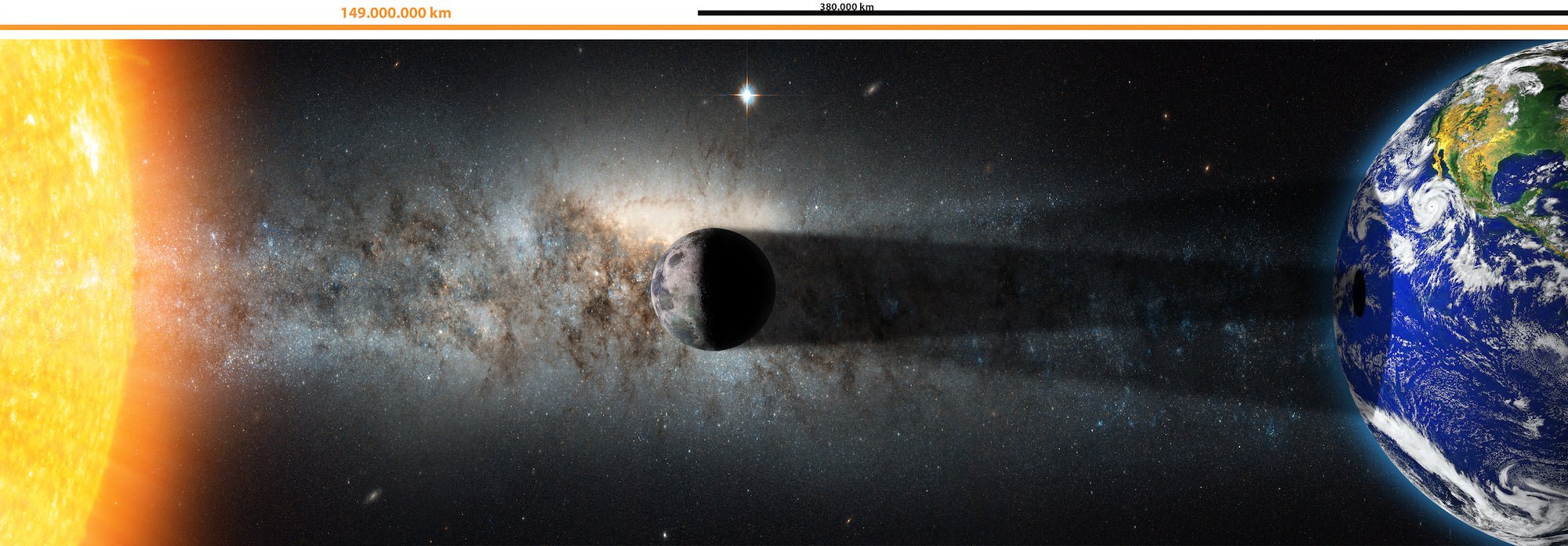Understanding the concepts of "umbra" and "penumbra" requires delving into the intricate interplay of light, shadows, and celestial mechanics. These terms are not just theoretical; they have practical implications in various fields, from astronomy to art. Let's explore these concepts in detail.
1. Basics of Light and Shadows
The formation of shadows is a fundamental aspect of light behavior. When a light source illuminates an opaque object, it creates a region of darkness behind the object where the light is obstructed. The characteristics of the shadow depend on several factors:
- Light Source Size and Distance: Larger or closer light sources create more blurred shadows, while smaller or distant ones result in sharper shadows.
- Object's Size and Shape: The shadow's form and extent are directly influenced by the object's characteristics.
2. Umbra: The Core Shadow
The umbra is the central, darkest part of a shadow, where the light source is completely blocked by the intervening object.
a. Formation and Characteristics
- Complete Blockage: In the umbra, all direct light from the source is obstructed.
- Darkness: This region is the darkest part of the shadow.
- Shape and Size: The umbra's shape can vary - it may be elongated or conical, depending on the relative positions and distances of the light source, object, and surface where the shadow falls.
- Sharpness: The edges of the umbra might appear quite sharp, especially when the light source is small or far away.
b. Examples in Nature and Astronomy
- Solar Eclipse: The umbra is visible on Earth when the Moon completely blocks the Sun, creating a total solar eclipse.
- Lunar Eclipse: The Earth's umbra falling on the Moon results in a total lunar eclipse.
3. Penumbra: The Partial Shadow
Surrounding the umbra is the penumbra, a partially shaded area where the light source is only partly blocked.
a. Formation and Characteristics
- Partial Blockage: In the penumbra, only a portion of the light source is obscured.
- Gradual Light to Dark: Unlike the umbra, the penumbra shows a gradual transition from light to dark.
- Diffused Edges: The boundaries of the penumbra are not as defined as those of the umbra.
b. Examples in Nature and Astronomy
- Partial Solar Eclipse: Observers in the penumbral shadow of the Moon see a partial solar eclipse.
- Penumbral Lunar Eclipse: When the Moon passes through Earth's penumbra, it experiences a subtle darkening.
4. Interplay in Eclipses
Eclipses are prime examples of the umbra and penumbra in action. A solar eclipse demonstrates how the Moon’s umbra and penumbra fall on the Earth, while a lunar eclipse reveals the Earth’s shadow on the Moon. The type of eclipse (total, partial, or penumbral) depends on which part of the shadow an observer is in.
5. Art and Photography
In art and photography, understanding umbra and penumbra is crucial for creating realistic lighting and depth. Artists use these concepts to depict form and volume, adding realism to their work.
6. Scientific and Practical Applications
The study of umbra and penumbra is important in fields like astronomy, meteorology, and even medical imaging. For instance, in solar studies, the differences in solar radiation in the umbra and penumbra areas during an eclipse provide valuable data.
7. Broader Implications
Beyond their scientific and artistic applications, these concepts also offer metaphors in literature and psychology, symbolizing degrees of knowledge, awareness, or enlightenment.
8. Challenges in Observation
Observing and measuring the umbra and penumbra can be challenging. In astronomy, accurately predicting and observing eclipses requires precise knowledge of celestial mechanics and optics.
9. Technological Uses
Technological advancements have utilized these concepts in various ways. For example, in solar energy, understanding the impact of shadows on solar panels is crucial for optimal placement and efficiency.
10. Cultural and Historical Perspectives
Historically, eclipses and the play of shadows have been significant in various cultures, often interpreted as omens or celestial messages. Understanding the science of umbra and penumbra demystifies these events.
### Conclusion
Umbra and penumbra are more than just aspects of shadows; they are gateways to understanding light and its interactions with objects. From creating the awe-inspiring phenomena of eclipses to aiding artists in rendering lifelike images, these concepts play a vital role in various domains. Their study blends science with art, practicality with theory, providing a comprehensive understanding of the complex yet fascinating world of light and shadows.



Share:
The Great Salt Lake's History
Formation of the Great Plains